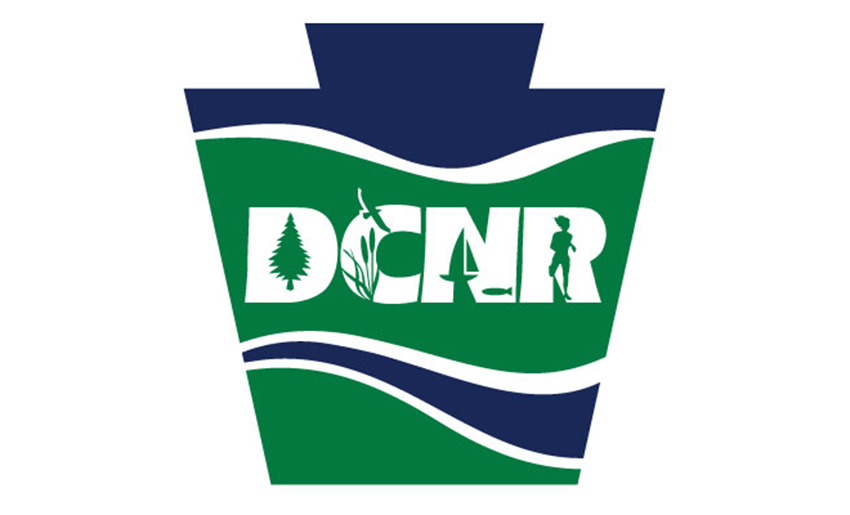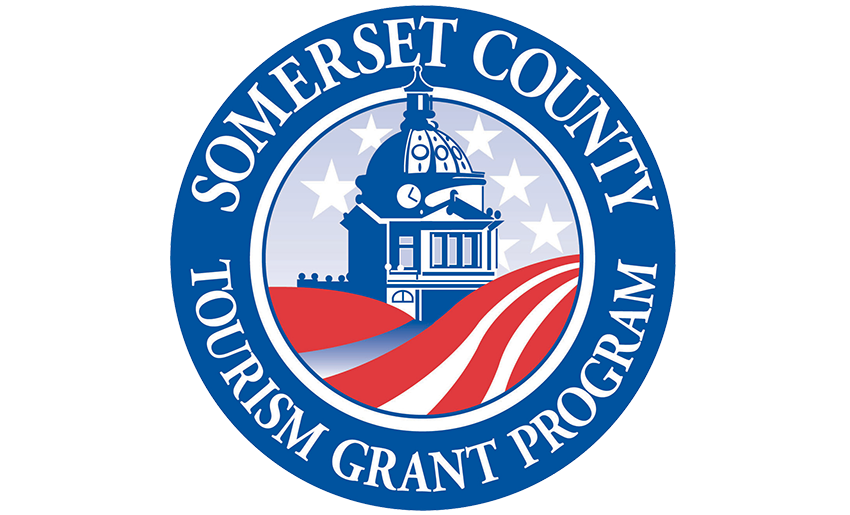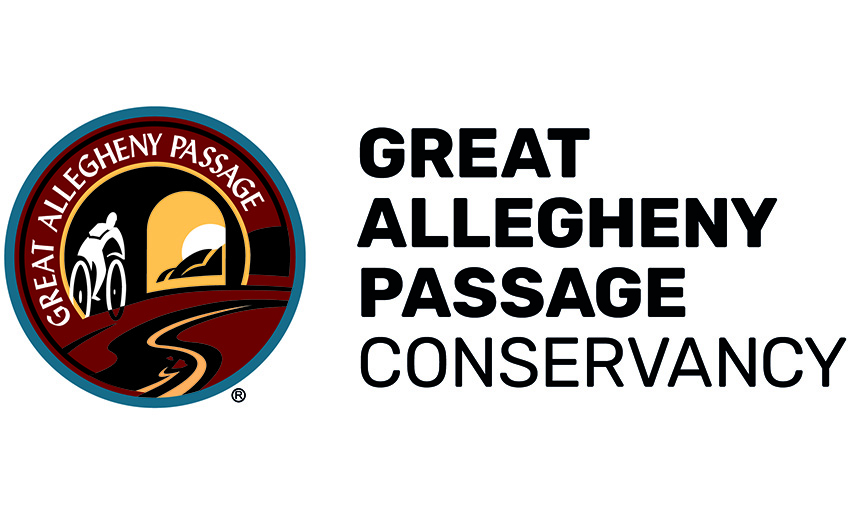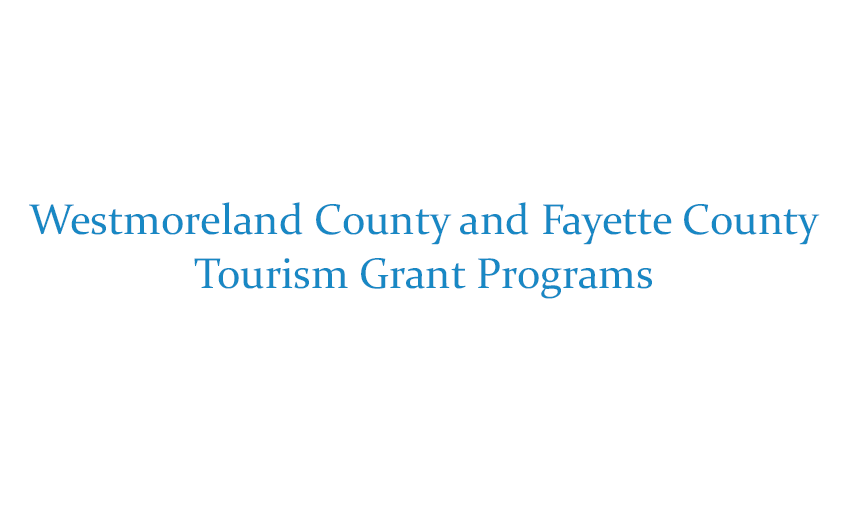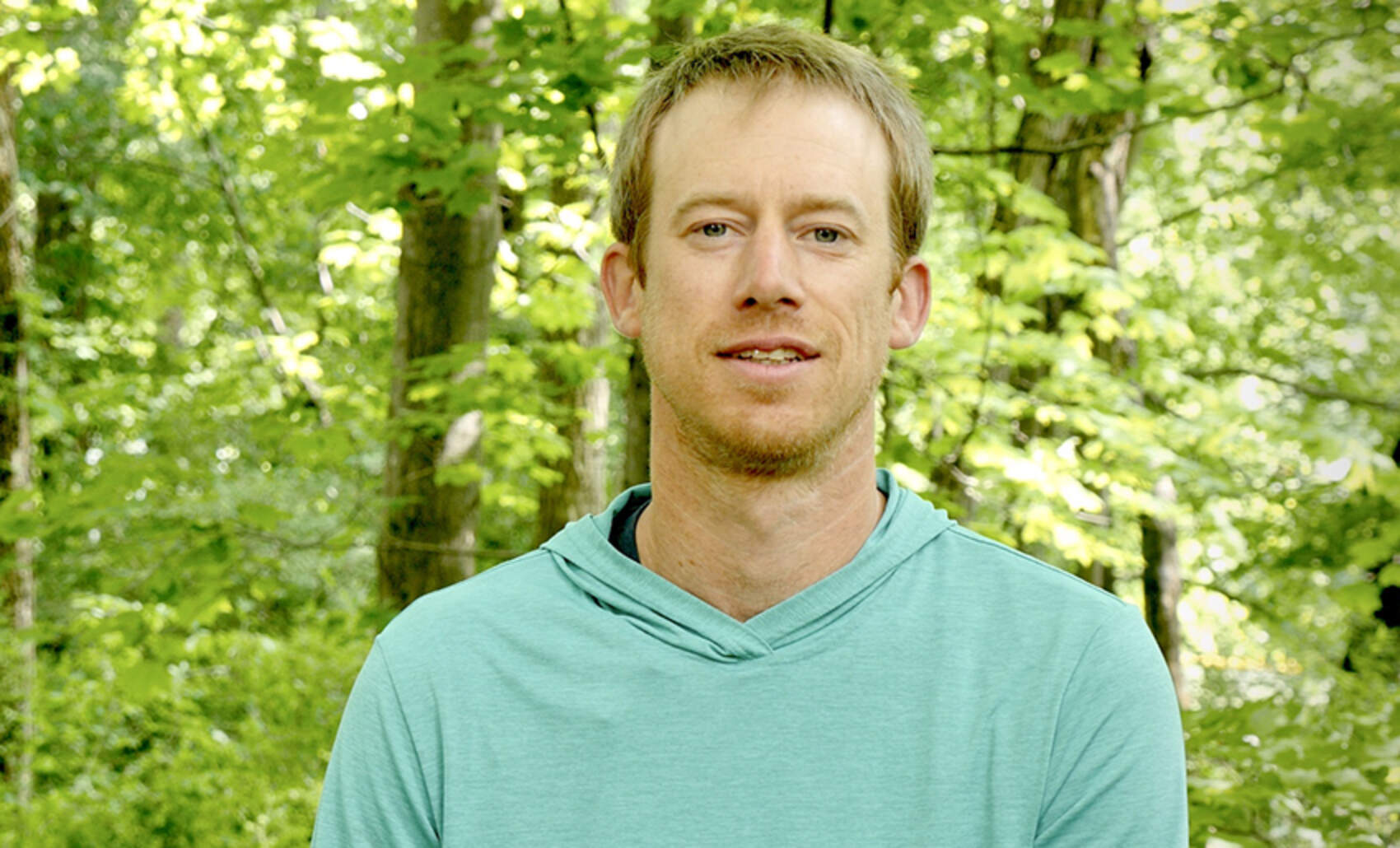“Recreation for me is why I’m here. And that creates the stewardship that I want. The stewardship and the creation of the life that people live here is based on taking care of the river. Everyone plays a part. There’s no one spot that is okay to damage if it all drains to the same spot.”
“Getting out on the Great Allegheny Passage, you see the Youghiogheny River, and when you’re on the river, you see the bikers. You never know what that first bike ride or that first canoe trip is going to do to someone’s mentality. I think stewardship is the only way to connect our users with the same mentality and the same focus that says: ‘This is the outdoor world that exists. And it’s the only one. What we do in our lives absolutely influences the outdoor world.’
“Indian Creek is one of the most heavily mining impacted watersheds. It’s a main tributary of the Youghiogheny River, and was at one point pretty much void of life. We’re in the heart of old coal country where mining had its place. People made a living here for their families. But when the coal companies left, when the jobs moved out, leaving communities that still had individuals that needed to look for work somewhere, the mining turned many of these areas into unsustainable economic problems. We still have pollutants entering the watershed from the mines that were shut down, but no one is in charge or responsible or being accountable for those problems.
“Mountain Watershed Association is a member organization of Waterkeeper Alliance. All of the waterkeepers are dedicated to clean water and we like to use the saying: ‘Fishable, drinkable, swimmable waters.’
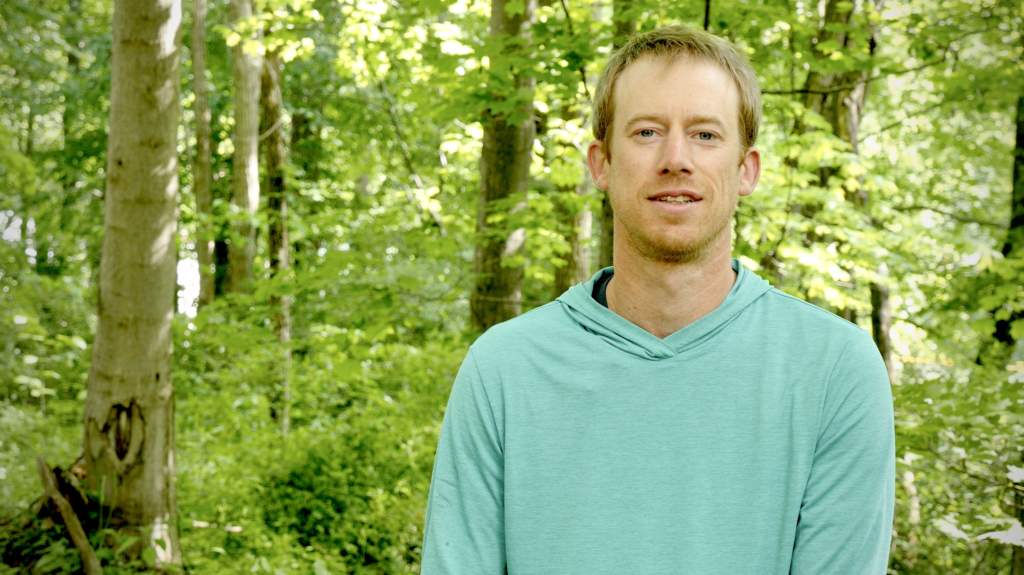
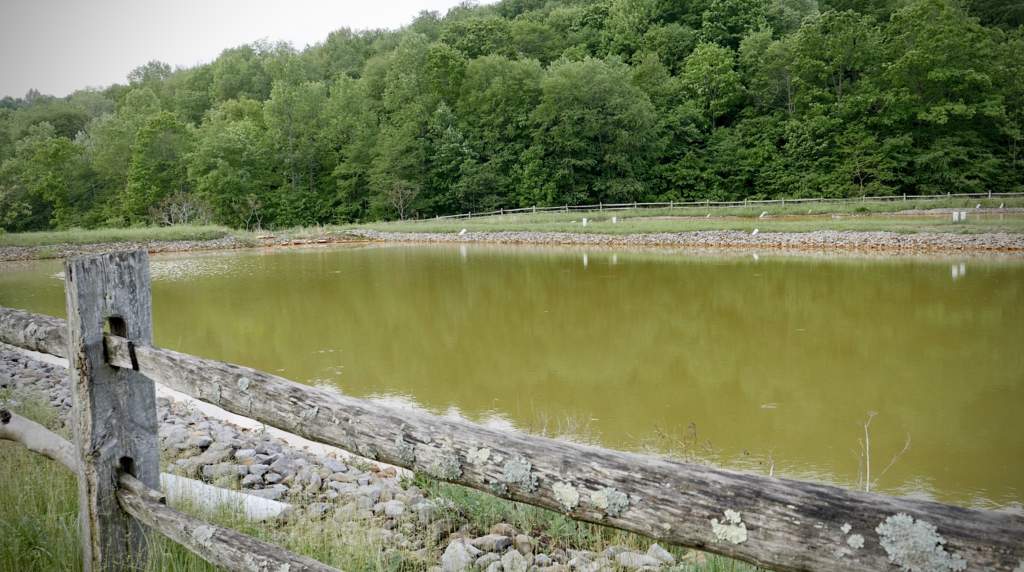
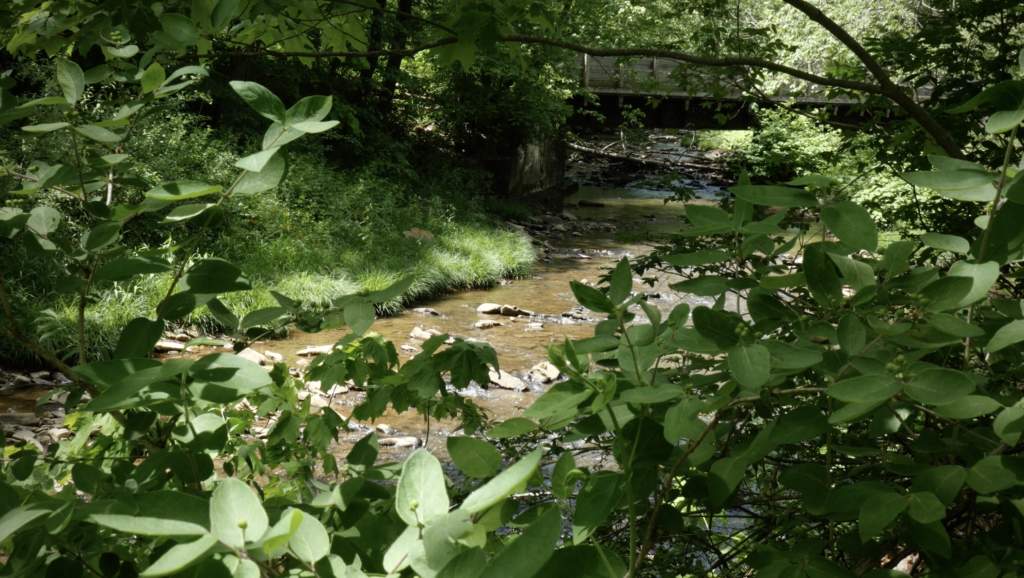
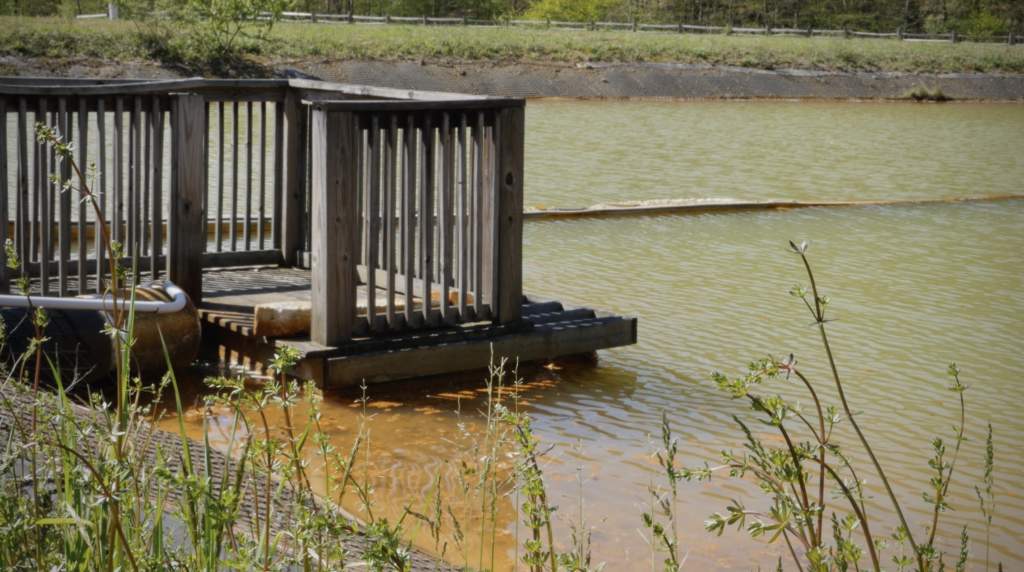
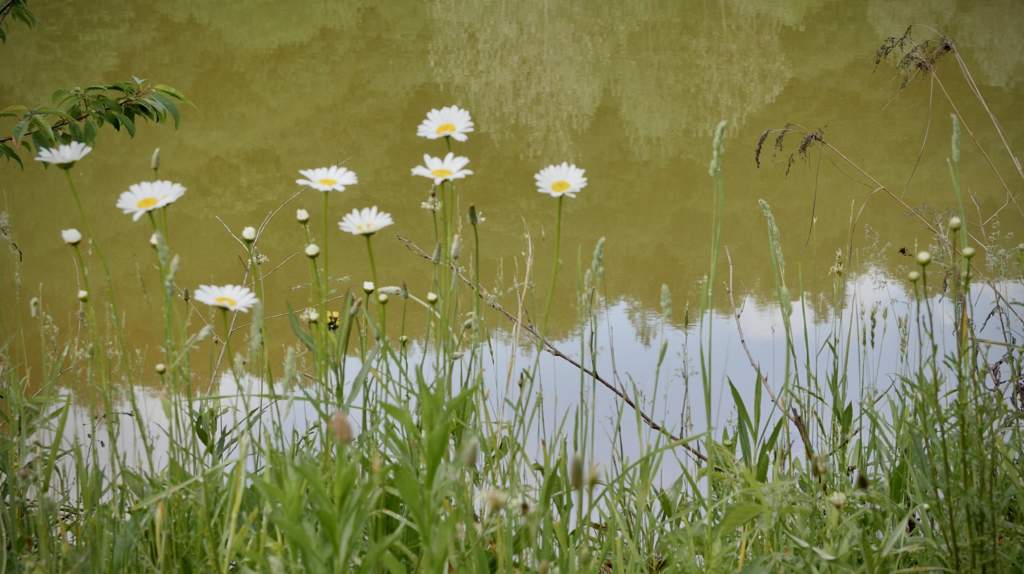
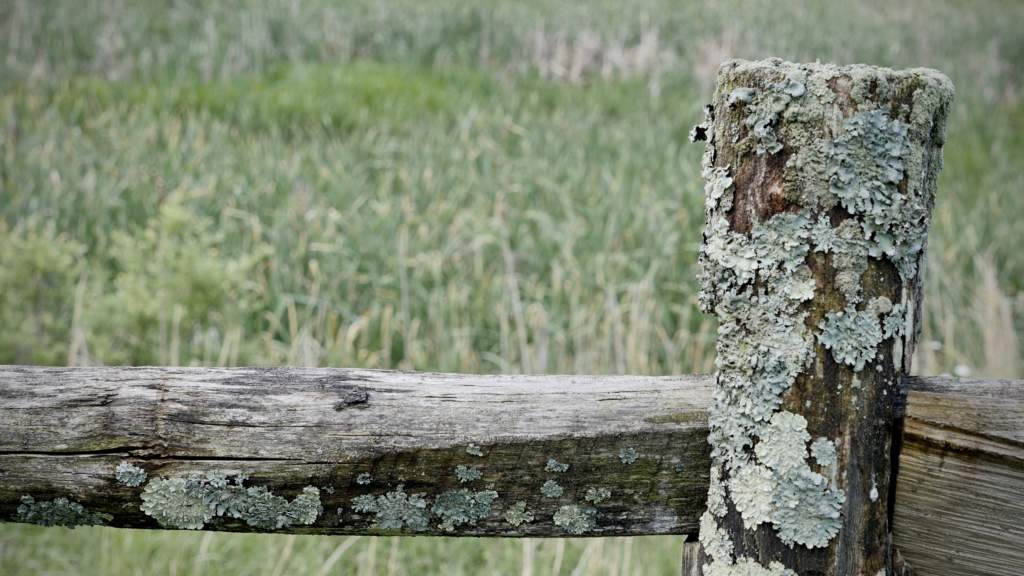
“Mining was done in the hillsides all around us. There are pollutants in these underground mine pools, and when they spill out of a mine opening, it gives an opportunity for that water to either be collected or just run freely into the receiving water. With our treatment systems, we collect some of the worst discharges in the watershed and try to treat them before they hit Indian Creek.
“All of our systems that are working right now are called passive systems where the water is basically run through a different set of ponds, or treatment system reservoirs, maybe over some limestone, material in one of the ponds, basically a mixture of time and space that we need for that water to treat itself. And then that water enters back into Indian Creek. There are still more discharges out there and we’ve prioritized the top twelve that we feel are the worst. We think if we treat those, the sustainability of Indian Creek will increase.
“The communities downstream are happy that the water coming into their communities are cleaner than they were 20 or 50 years ago. Last year we did a study with the Western Pennsylvania Conservancy and we found 15 different species of fish downstream of where our treatment systems are installed. So we know that fishery is alive and happening. On the weekends, or even on an evening, you’ll see 20 people fishing, whether it’s kids, or families, or the serious angler that has the waders and all the nice gear. Those are the people that we really want to get this message out to and say: ‘What you’re doing now is creating a sense of stewardship within yourself.’
“Recreation for me is why I’m here. And that creates the stewardship that I want. We probably are more blessed with than any other watershed. We have a trail and a working waterway right next to it. When you look around at the community, the businesses, the coffee shops, all are here because of the river. The stewardship and the creation of the life that people live here is based on taking care of the river. Everyone plays a part. There’s no one spot that is okay to damage if it all drains to the same spot.”
This content was created by Anita Harnish for the Great Allegheny Passage Conservancy and financed through grants from the Pennsylvania Department of Conservation and Natural Resources’ Bureau of Recreation and Conservation, through its Community Conservation Partnerships Program and Environmental Stewardship Fund, administered by Rivers of Steel Heritage Area and Pennsylvania Environmental Council’s Laurel Highlands Mini Grant Program; through funding via the Westmoreland, Fayette, and Somerset County Tourism Grant Programs; and with funds made available by the Great Allegheny Passage Conservancy.
